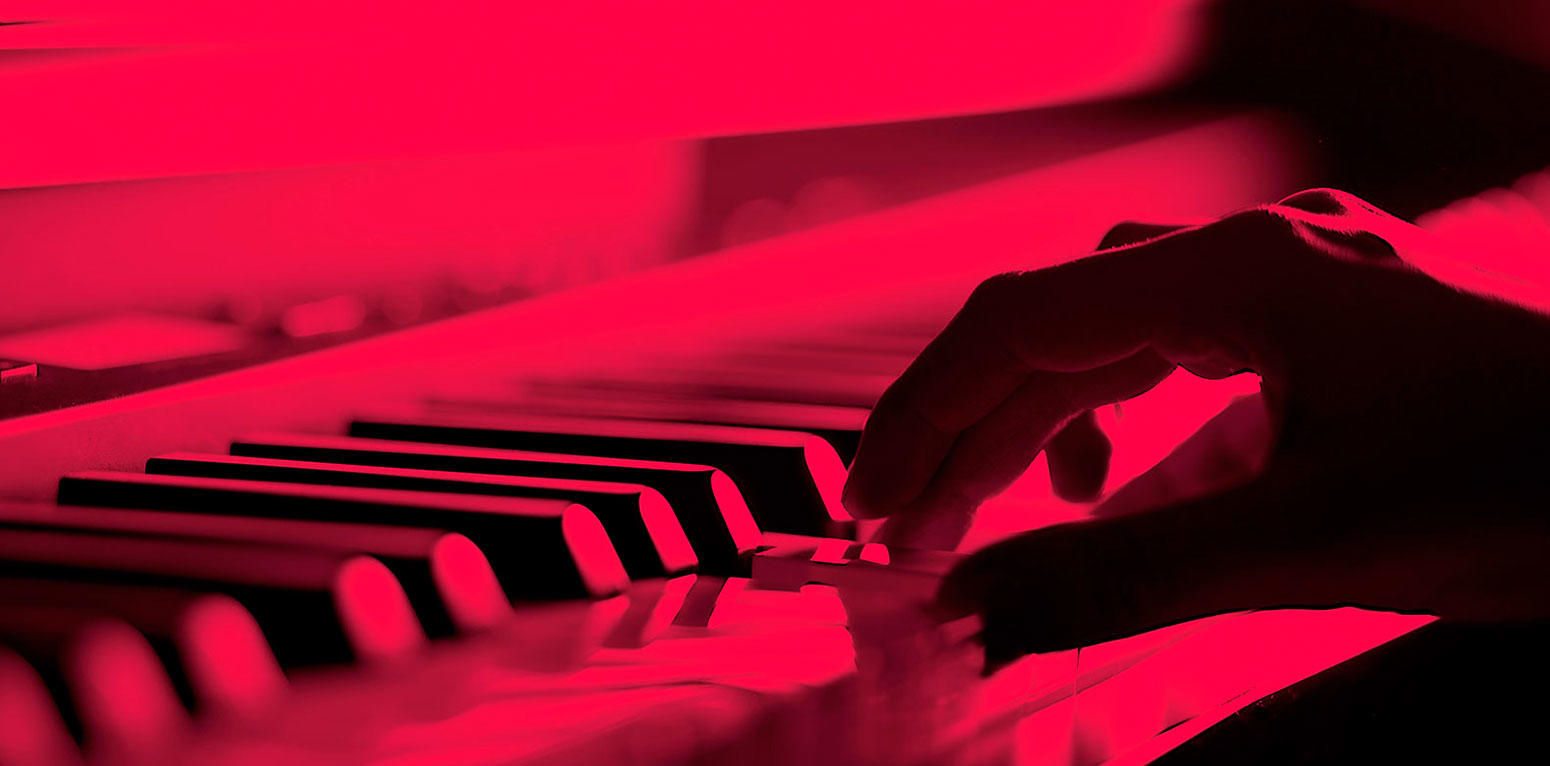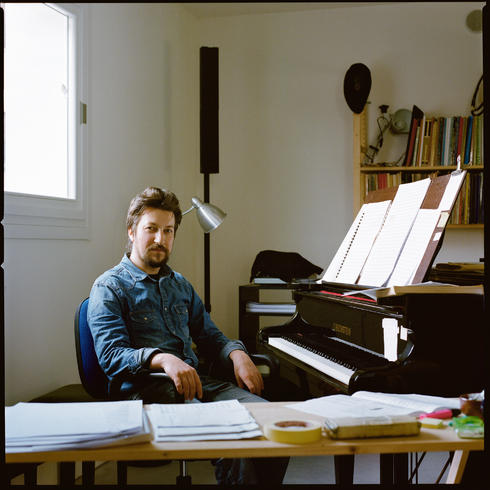
" SE LE NUVOLE "
For orchestra
Publication : Suvini Zerboni
2024 SELECTION
- Nominated for : The Musical Composition Prize 2024
...general notes...
What to do if a word or an image won't leave the brain any rest?
It happened to me with the clouds, back in 2020, when this image guided my cycle of miniatures (still in progress) for piano and resonator entitled Nuvolette.
The material from the first Nuvoletta keeps coming back, transformed, in this work for orchestra.
A pending process, almost harnessed to itself, in four hypothetical rooms in which the body of sound seems to precipitate, evaporate, saturate and, again, become ephemeral, weightless like the original piano miniature.
The whole piece, in which my usual “woodworms” recur (the debris, the dirge, the precariousness), is based on the almost vocal feature that persists in the relationships between the instruments.
A residue that wants to resist.
Each line is in constant precarious balance with another, weaving a continuous flow of resonances and alliterations.
A sort of choral mass made of shadows, backgrounds, shades that refer to the flashbacks of an imaginary song declaimed by the clouds.
...to the interpreters...
The relationships between the dynamics are often in a fagile balance, in the territories of the ppp, thin and precarious, in which no instrument must dominate the other, with the intention of synthesizing a compact sound body, always iridescent and suspended. Main attention should be paid to the messa di voce and the microtonal relationships between the different quasi-unisonic pairs. These variations in intonation, sometimes froozen, other times fluctuating, do not have a "spectral" value but rather an "affective- timbral" value.
Every transformation must never be forced and must contain the primitive song nature.
The parameters are outlined, established, carefully chosen (pitch, dynamic, rhythm, relationships of different kinds, cues, transformation and decay, backgrounds, slight differences in intonations and so on).
They are not enough.
It is necessary for each interpreter to investigate what is inside the note, within it, trying to overcome any form of muscularity, evidence, typicality.
These pages do not ask for instrumental athleticism (what is usually considered as virtuosity) but for the desire to seek a teeming tension even in what may apparently appear ordinary and known. Everything lives in the musician's inner cantus.

